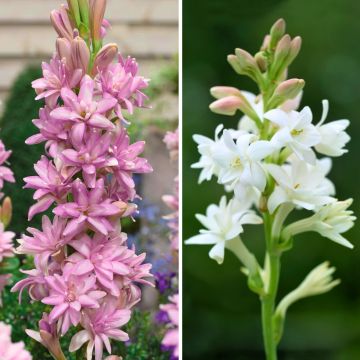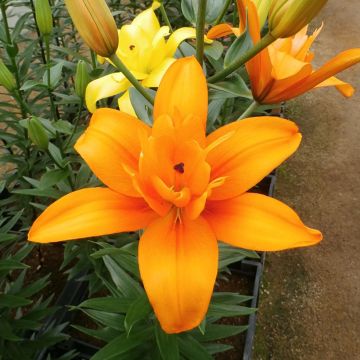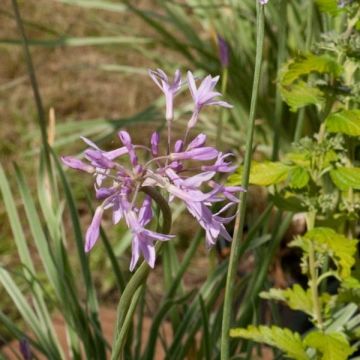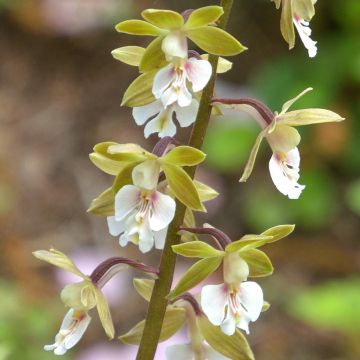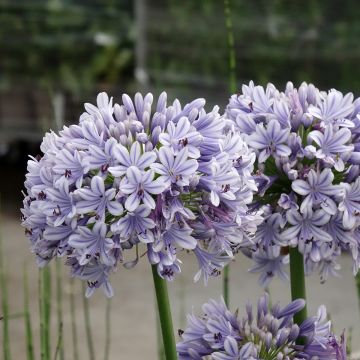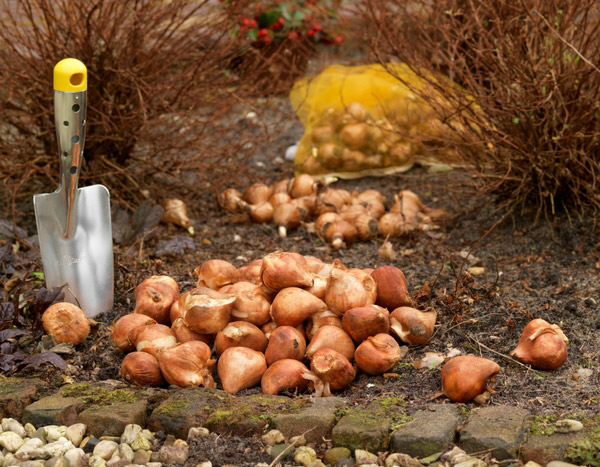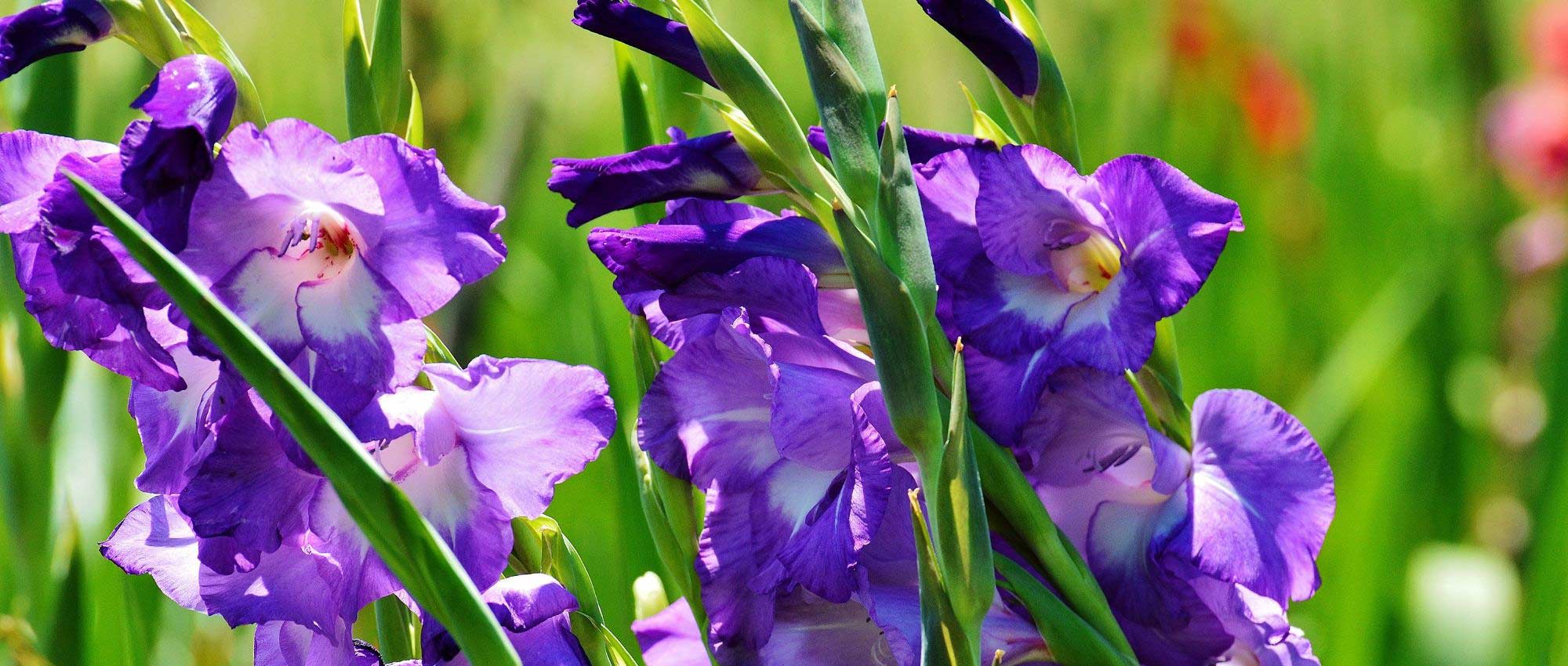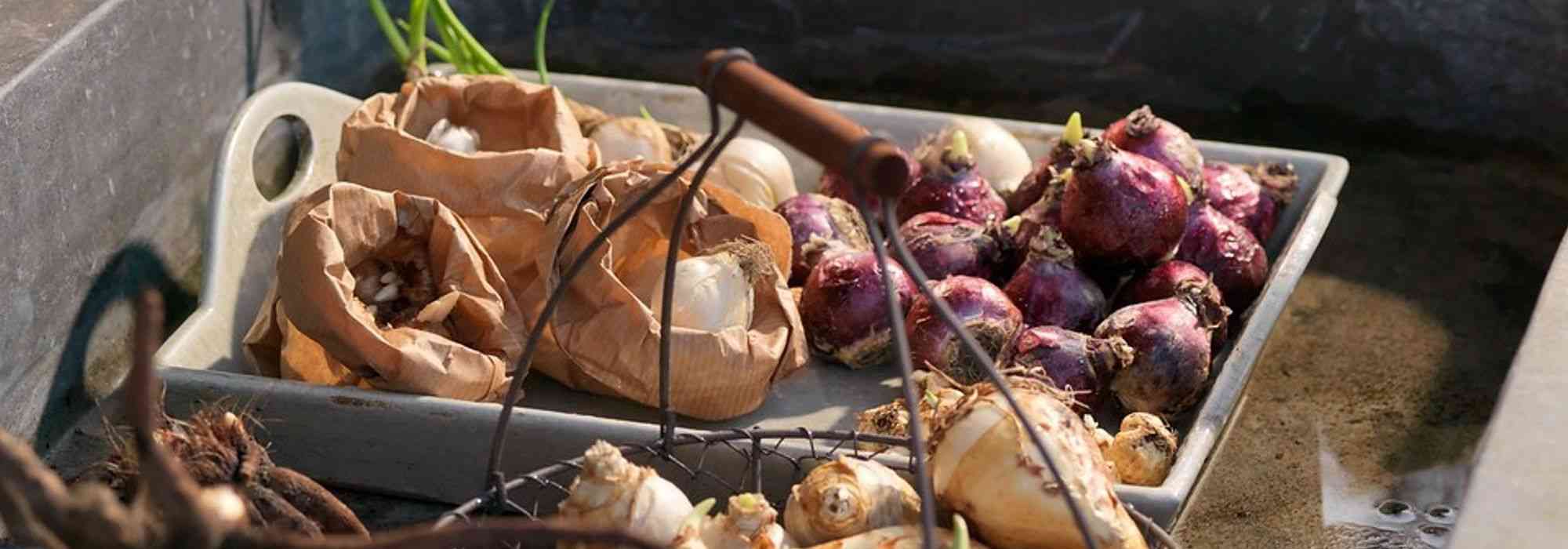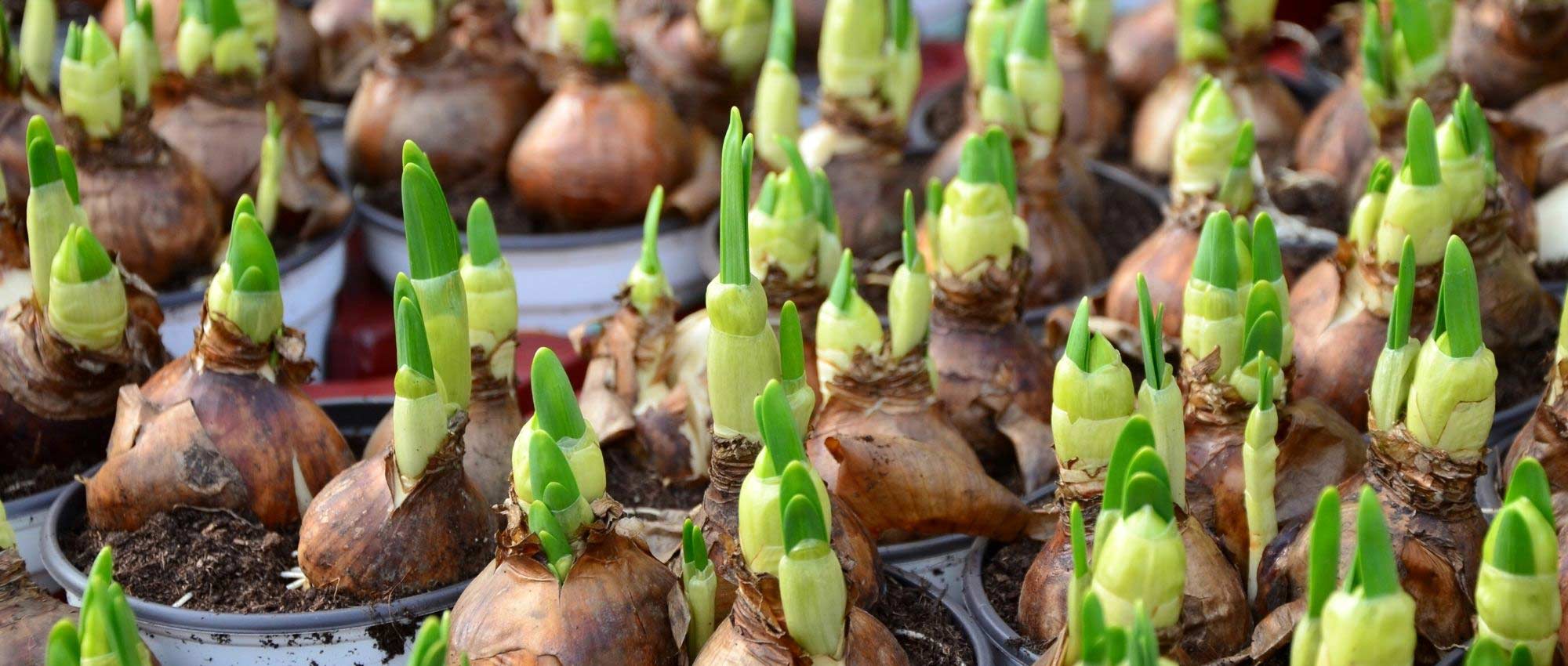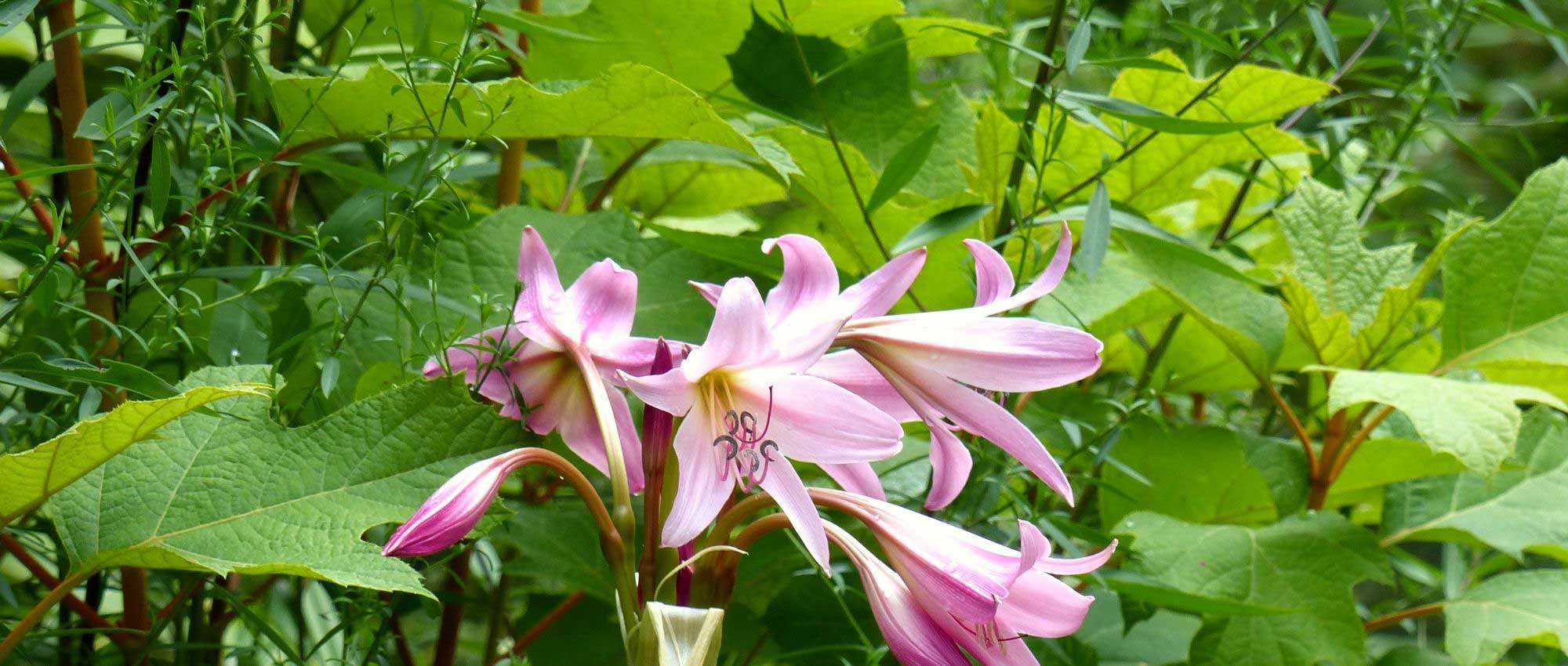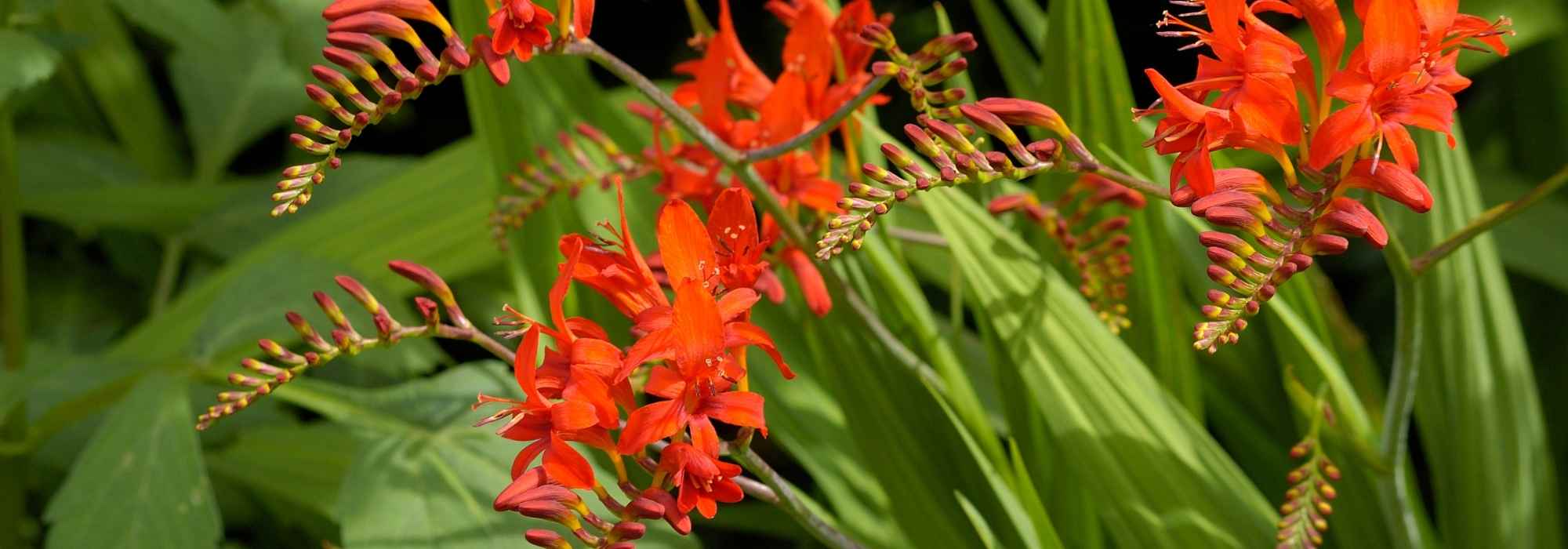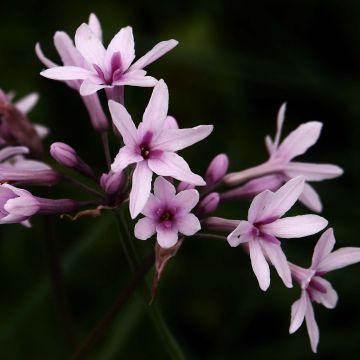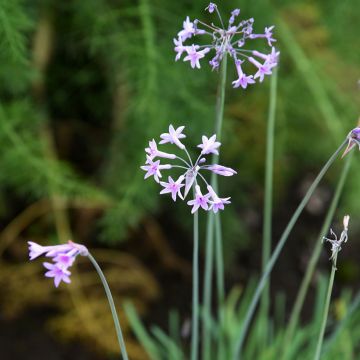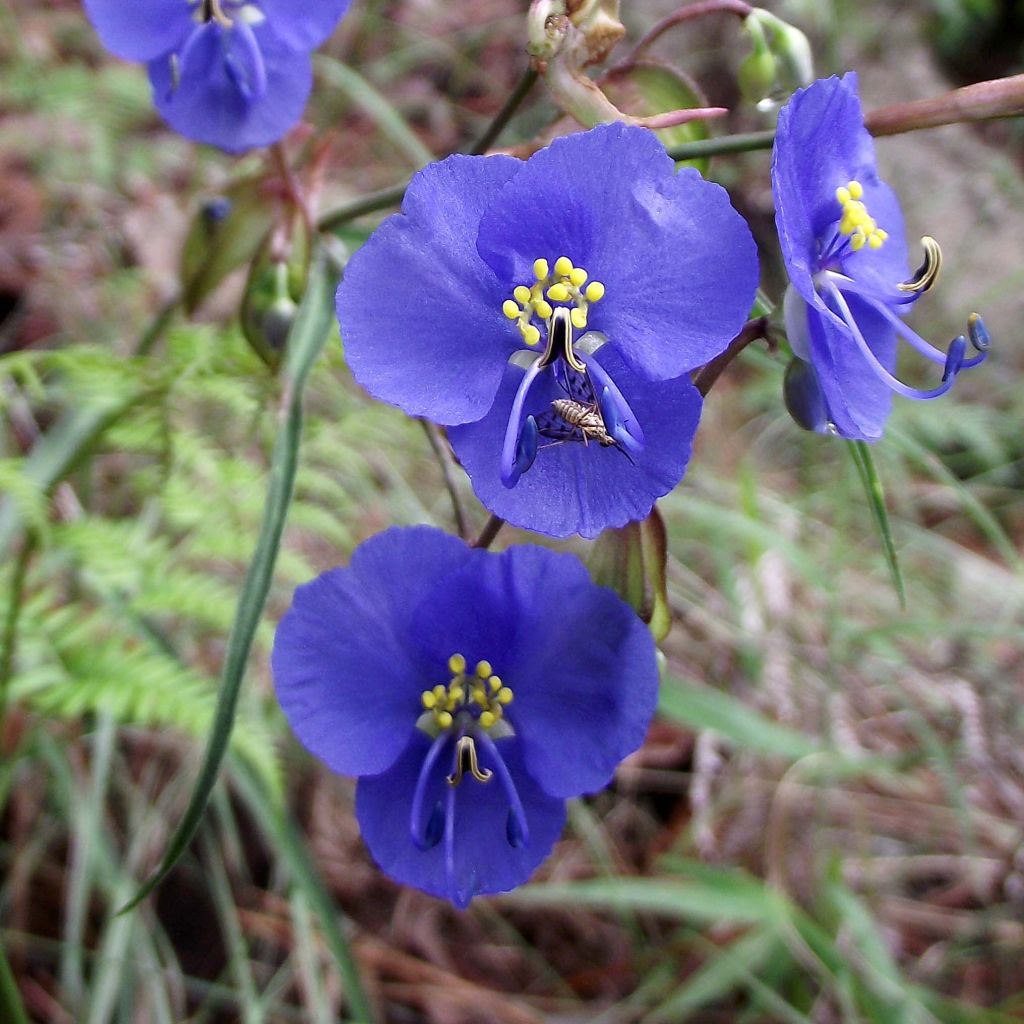

Commelina coelestis
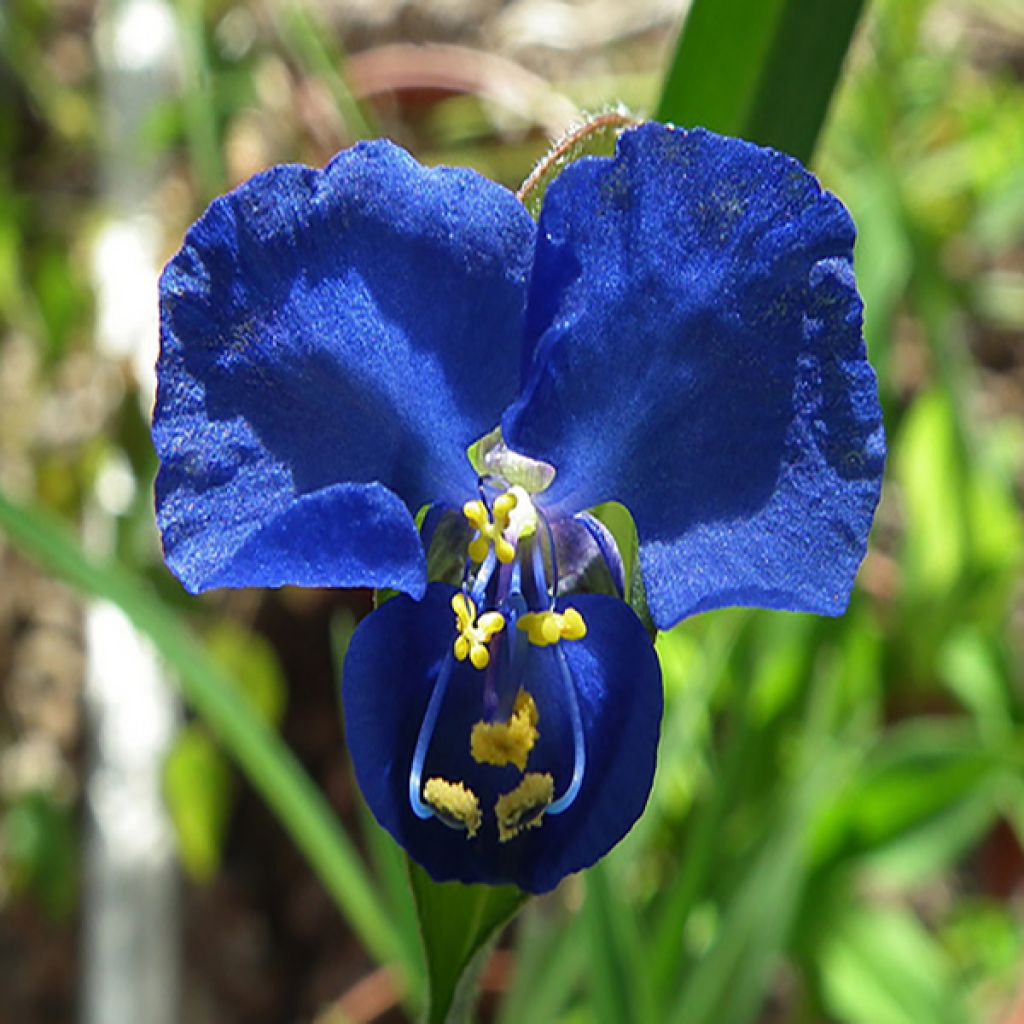

Commelina coelestis
Commelina coelestis
Commelina coelestis
Dayflower Coelestis Group, Blue spiderwort
So much charm in these flowers with an incredible blue!
Agnes B., 27/08/2018
Special offer!
Receive a €20 voucher for any order over €90 (excluding delivery costs, credit notes, and plastic-free options)!
1- Add your favorite plants to your cart.
2- Once you have reached €90, confirm your order (you can even choose the delivery date!).
3- As soon as your order is shipped, you will receive an email containing your voucher code, valid for 3 months (90 days).
Your voucher is unique and can only be used once, for any order with a minimum value of €20, excluding delivery costs.
Can be combined with other current offers, non-divisible and non-refundable.
Why not try an alternative variety in stock?
View all →This plant carries a 6 months recovery warranty
More information
We guarantee the quality of our plants for a full growing cycle, and will replace at our expense any plant that fails to recover under normal climatic and planting conditions.
Does this plant fit my garden?
Set up your Plantfit profile →
Description
Commelina coelestis is a perennial tuberous plant that bears bright sky-blue flowers with yellow stamens all summer long. The flowers do not last long, but constantly renew themselves. Its flowers and foliage resemble those of its cousin, Tradescantia. It requires full sun and perfectly drained soil. It is not hardy so needs to be stored away in winter in cold climates.
It is originally from Central America and South America. It belongs to the Commelinaceae family. It forms a tuberous stump that develops delicate, semi-erect stems, forming an herbaceous clump 90cm (35in) tall. The flowering takes place from June to August, sometimes until September. The flowers consist of three petals, two of which are more developed, measuring 25mm (1in) in diameter. They form a bright contrast of colours in a sky-blue of rare intensity, highlighted by yellow stamens. They open in the morning and close in the afternoon. They constantly renew themselves, so that the plant always appears to be in bloom. The bright green and lanceolate leaves develop at the nodes located on fleshy and villous stems that they envelop. The tuber is formed by 3 to 6 "legs" that come together at a point from which the floral stem starts.
The tubers of Commelina coelestis are hardy in very well-drained, stony soil, and the flowers easily self-sow. Their magnificent blue blooms offer a rare and beautiful colour in the garden. They can be planted in the ground in mild climates. They will need winter protection in the form of mulch covered with a tarp to keep the fragile bulb dry. They will look wonderful in a rock garden with California poppies and Coreopsis 'Moonbeam'. This plant is also fabulous in a pot.
Report an error about the product description
Commelina coelestis in pictures


Plant habit
Flowering
Foliage
Botanical data
Commelina
coelestis
Commelinaceae
Dayflower Coelestis Group, Blue spiderwort
Central America
Other Summer bulbs A to Z
View all →Planting and care
Plant Commelina coelestis tubers 8cm (3in) deep, spaced 8cm (3in) apart, in the sun. They are hardy in well-drained, slightly stony soil. A mulch can be spread for winter in very mild regions or the tubers can be removed before frost and stored in slightly damp compost to prevent the roots from drying out. The flowers easily self-seed. We cut back the plant and let nature take its course. In spring, we often find spontaneous seedlings because we let the plant go to seed (they are quite large and black). This does not interfere with the aesthetics of the flowering plant.
Beware of attacks from slugs and snails in spring.
Planting period
Intended location
Care
Planting & care advice
-
, onOrder confirmed
Reply from on Promesse de fleurs
Similar products
Haven't found what you were looking for?
Hardiness is the lowest winter temperature a plant can endure without suffering serious damage or even dying. However, hardiness is affected by location (a sheltered area, such as a patio), protection (winter cover) and soil type (hardiness is improved by well-drained soil).

Photo Sharing Terms & Conditions
In order to encourage gardeners to interact and share their experiences, Promesse de fleurs offers various media enabling content to be uploaded onto its Site - in particular via the ‘Photo sharing’ module.
The User agrees to refrain from:
- Posting any content that is illegal, prejudicial, insulting, racist, inciteful to hatred, revisionist, contrary to public decency, that infringes on privacy or on the privacy rights of third parties, in particular the publicity rights of persons and goods, intellectual property rights, or the right to privacy.
- Submitting content on behalf of a third party;
- Impersonate the identity of a third party and/or publish any personal information about a third party;
In general, the User undertakes to refrain from any unethical behaviour.
All Content (in particular text, comments, files, images, photos, videos, creative works, etc.), which may be subject to property or intellectual property rights, image or other private rights, shall remain the property of the User, subject to the limited rights granted by the terms of the licence granted by Promesse de fleurs as stated below. Users are at liberty to publish or not to publish such Content on the Site, notably via the ‘Photo Sharing’ facility, and accept that this Content shall be made public and freely accessible, notably on the Internet.
Users further acknowledge, undertake to have ,and guarantee that they hold all necessary rights and permissions to publish such material on the Site, in particular with regard to the legislation in force pertaining to any privacy, property, intellectual property, image, or contractual rights, or rights of any other nature. By publishing such Content on the Site, Users acknowledge accepting full liability as publishers of the Content within the meaning of the law, and grant Promesse de fleurs, free of charge, an inclusive, worldwide licence for the said Content for the entire duration of its publication, including all reproduction, representation, up/downloading, displaying, performing, transmission, and storage rights.
Users also grant permission for their name to be linked to the Content and accept that this link may not always be made available.
By engaging in posting material, Users consent to their Content becoming automatically accessible on the Internet, in particular on other sites and/or blogs and/or web pages of the Promesse de fleurs site, including in particular social pages and the Promesse de fleurs catalogue.
Users may secure the removal of entrusted content free of charge by issuing a simple request via our contact form.
The flowering period indicated on our website applies to countries and regions located in USDA zone 8 (France, the United Kingdom, Ireland, the Netherlands, etc.)
It will vary according to where you live:
- In zones 9 to 10 (Italy, Spain, Greece, etc.), flowering will occur about 2 to 4 weeks earlier.
- In zones 6 to 7 (Germany, Poland, Slovenia, and lower mountainous regions), flowering will be delayed by 2 to 3 weeks.
- In zone 5 (Central Europe, Scandinavia), blooming will be delayed by 3 to 5 weeks.
In temperate climates, pruning of spring-flowering shrubs (forsythia, spireas, etc.) should be done just after flowering.
Pruning of summer-flowering shrubs (Indian Lilac, Perovskia, etc.) can be done in winter or spring.
In cold regions as well as with frost-sensitive plants, avoid pruning too early when severe frosts may still occur.
The planting period indicated on our website applies to countries and regions located in USDA zone 8 (France, United Kingdom, Ireland, Netherlands).
It will vary according to where you live:
- In Mediterranean zones (Marseille, Madrid, Milan, etc.), autumn and winter are the best planting periods.
- In continental zones (Strasbourg, Munich, Vienna, etc.), delay planting by 2 to 3 weeks in spring and bring it forward by 2 to 4 weeks in autumn.
- In mountainous regions (the Alps, Pyrenees, Carpathians, etc.), it is best to plant in late spring (May-June) or late summer (August-September).
The harvesting period indicated on our website applies to countries and regions in USDA zone 8 (France, England, Ireland, the Netherlands).
In colder areas (Scandinavia, Poland, Austria...) fruit and vegetable harvests are likely to be delayed by 3-4 weeks.
In warmer areas (Italy, Spain, Greece, etc.), harvesting will probably take place earlier, depending on weather conditions.
The sowing periods indicated on our website apply to countries and regions within USDA Zone 8 (France, UK, Ireland, Netherlands).
In colder areas (Scandinavia, Poland, Austria...), delay any outdoor sowing by 3-4 weeks, or sow under glass.
In warmer climes (Italy, Spain, Greece, etc.), bring outdoor sowing forward by a few weeks.






























